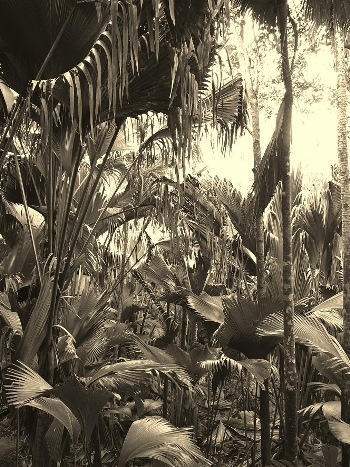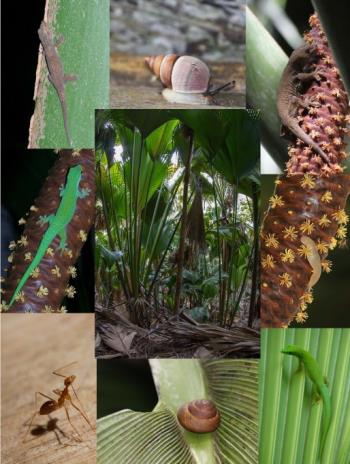Three aspects of this rationale drive my research:
1. Knowledge on communities and species’ interactions allows insights into the complex response of natural systems to change
2. Humans are at the centre of the change, and their actions define them as key players in any ecosystem
3. It is the ultimate responsibility of ecologists to consider and communicate the consequences of their findings to assist with applied biodiversity conservation and sustainable coexistence.
With this in mind, I use community ecology theory and tools derived from a network approach to address urgent ecosystem ecology and conservation questions. A central part of my work aims to identify the drivers of interactions in mutualistic networks, which determine biodiversity organisation and persistence. I am equally interested in quantifying detailed species interactions and identifying their role in shaping ecosystem processes. Most of my research is at the interface of empirical and theoretical ecology and applied community conservation.
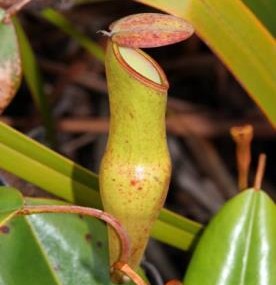
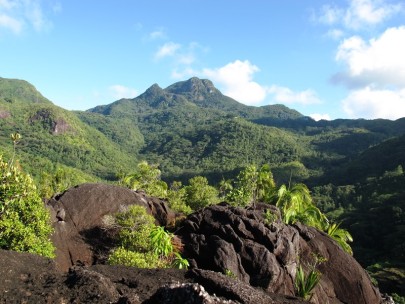

For the last 12 years I have had the privilege to pursue my research in perfectly-suited natural laboratories—first in Mauritius, then in the Seychelles (Biodiversity Hotspots in the Western Indian Ocean), together with highly engaged and committed collaborators, colleagues, students, and policy makers. With my colleagues and partners from local NGOs (SIF, PCA), parastatal (SNPA) and governmental organisations (UNDP/GEF, MoE), local (UniSey) and international universities (ETH Zurich, University of Zurich, DICE, CSIC-UIB, Aarhus University, CCT-CONICET) and research institutes (Senckenberg BiK-F), I work towards combining the results of my research with achieving goals and objectives outlined in institutional management plants, national research and conservation agendas (e.g. SSDS) and multilateral environmental agreements (e.g. CBD).

I am pursuing three main research avenues:
- Experimentally assessing the impact of ecological restoration on ecosystem integrity. Here I use plant-pollinator networks to quantify the community response of habitat restoration on pollination function.
- Developing and implementing research and application strategies to use network theory in applied biodiversity conservation. This multi-facetted work encompasses various aspects of network ecology (including dynamic and structural equation modelling), conservation biology, applied restoration, and hard- and software development for evidence-based conservation.
- Researching the ecology and evolution of palm forest community and thereby providing the foundation for adaptive management. Together with the Seychelles Islands Foundation, I work to understand the biotic and abiotic dynamics in the ancient coco de mer dominated palm forest of the Vallée de Mai, a natural UNESCO site in the Seychelles. The research is identified by the need for sustainable management of the site and the long-term mitigation of threats such as invasive alien species, poaching and habitat degradation.
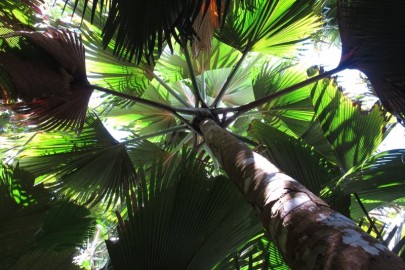

Islands are valuable study systems because:
(1) they are often relatively simple compared to mainland systems;
(2) islands have been drivers of ecological and evolutionary theories for centuries; and
(3) oceanic islands have been disproportionately affected by forest exploitation, human-induced habitat destruction and invasive alien species invasions which have devastated natural island ecosystems.
Complex interaction studies addressing conservation-related ecological questions at the community level are therefore ideally suited to such comparatively simple natural systems.
For more information on our work, please check out my ResearchGate or Google Scholar profiles.



